Graphic
Satellites 4 Gaja Gwaja 가자 과자
-
Pou Auaha / Creative Directors
Rosabel Tan, Ruby White, Yutak Son
-
Ringatoi Matua / Design Director
Jungie Choi
-
Ngā Kaimahi / Team Member
Fraser Chatham -
Kaitautoko / Contributors
Tanya Barlow, Nahyeon Lee, Shivani Narsai -
Client
Consulate of the Republic of Korea in Auckland


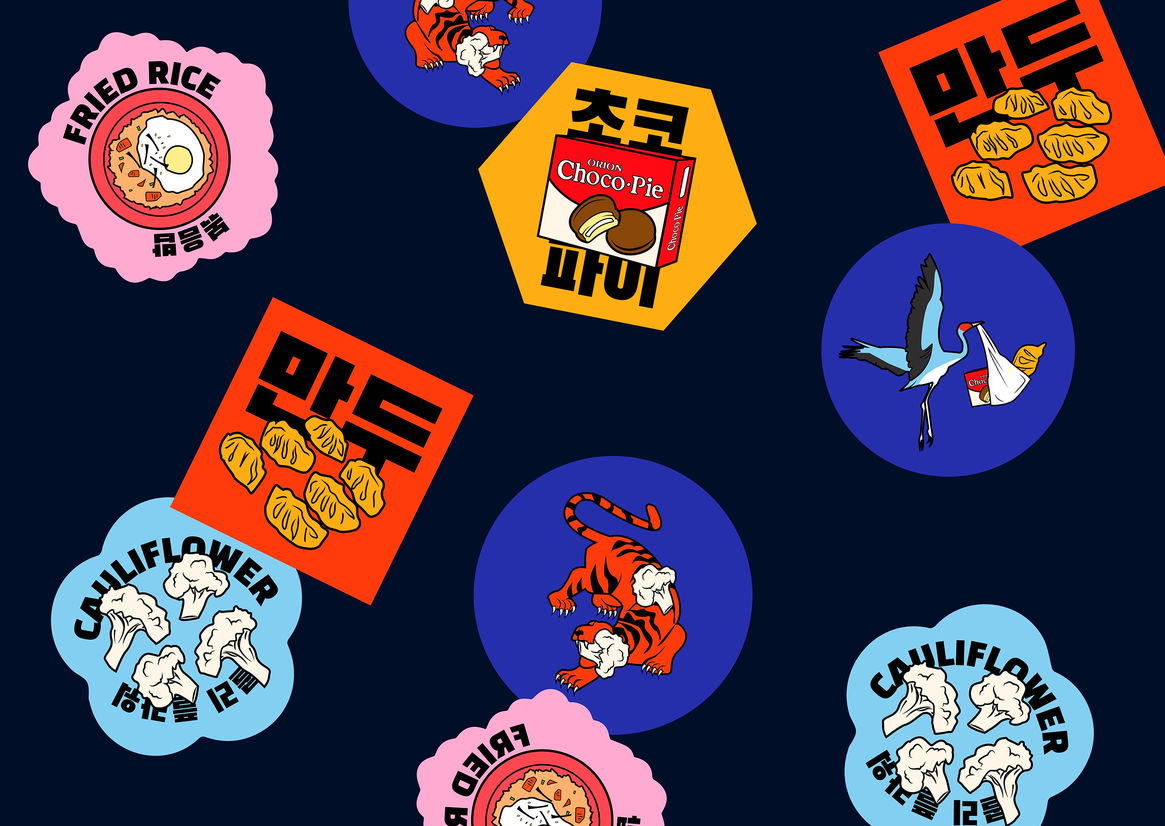

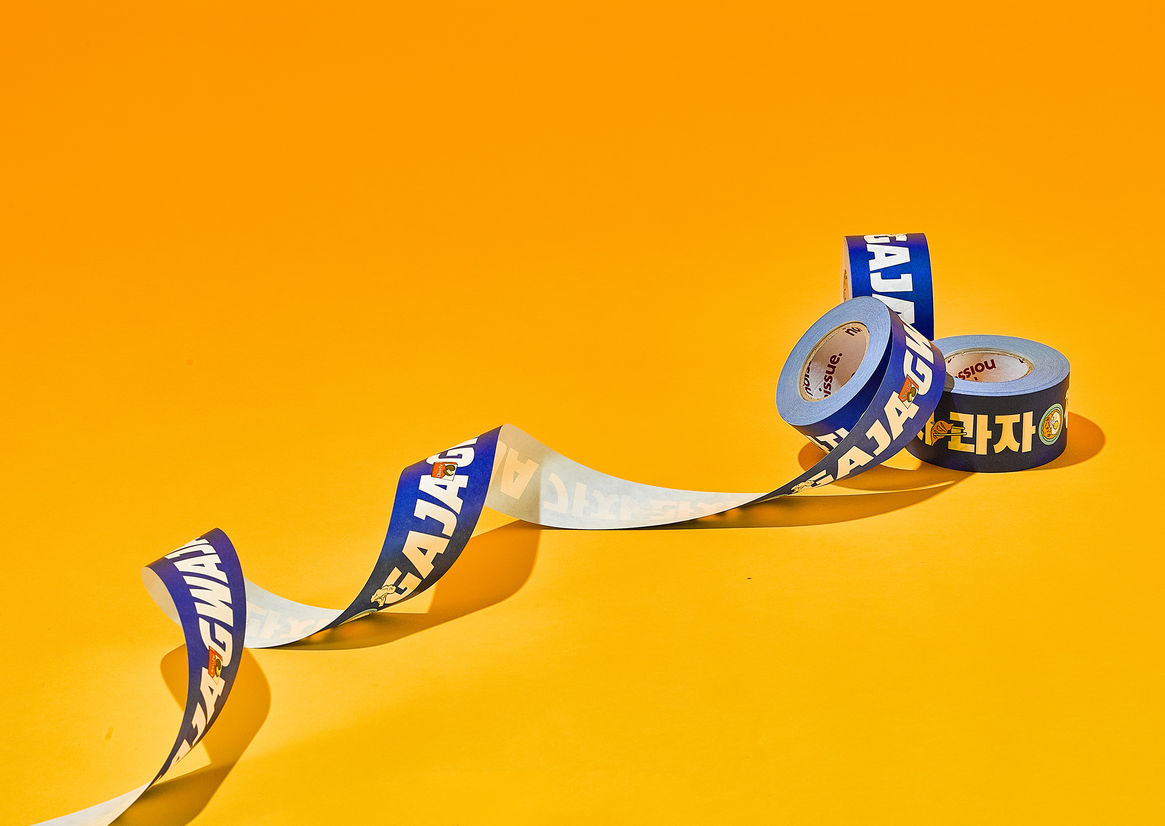

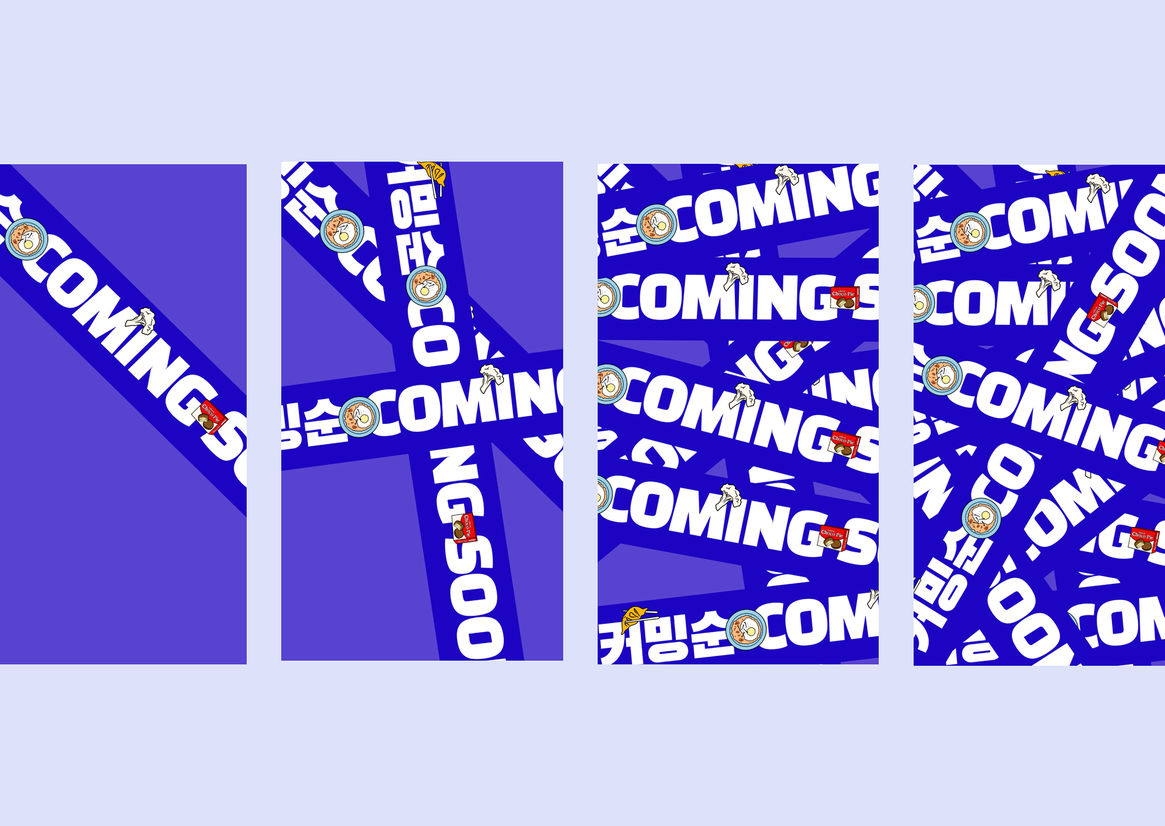
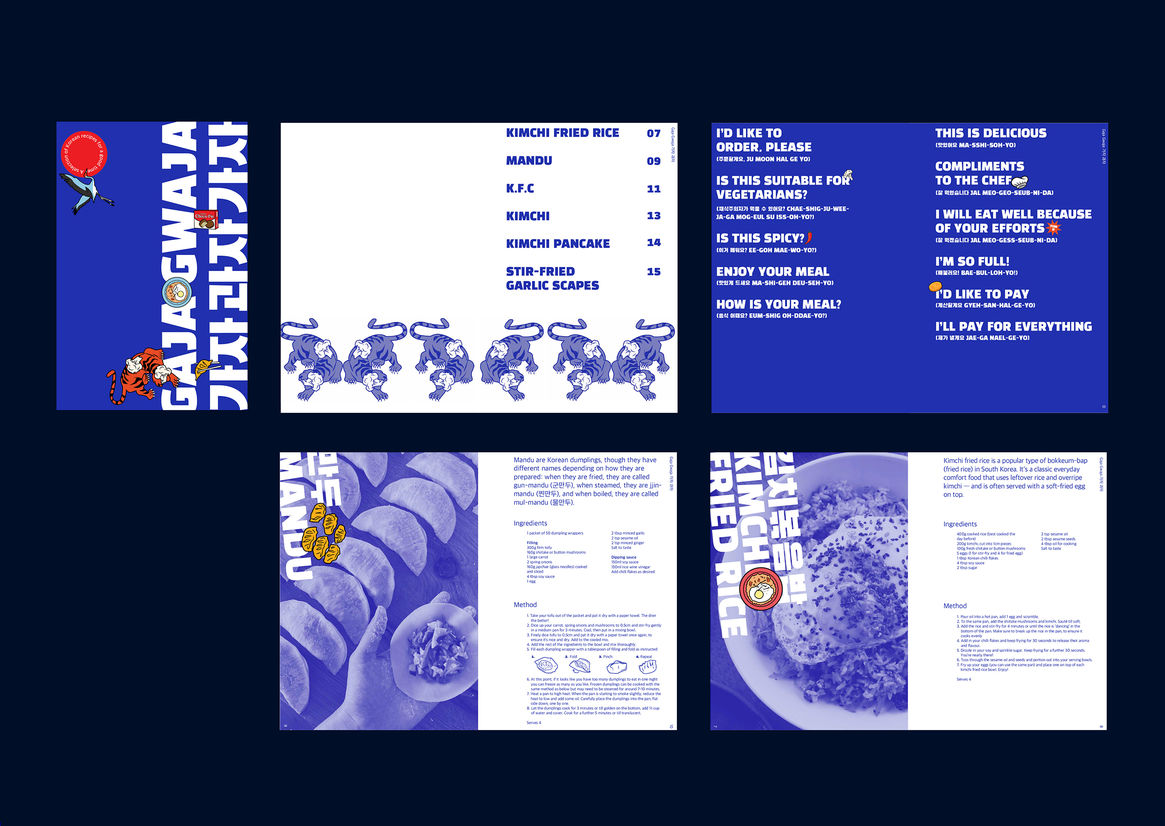
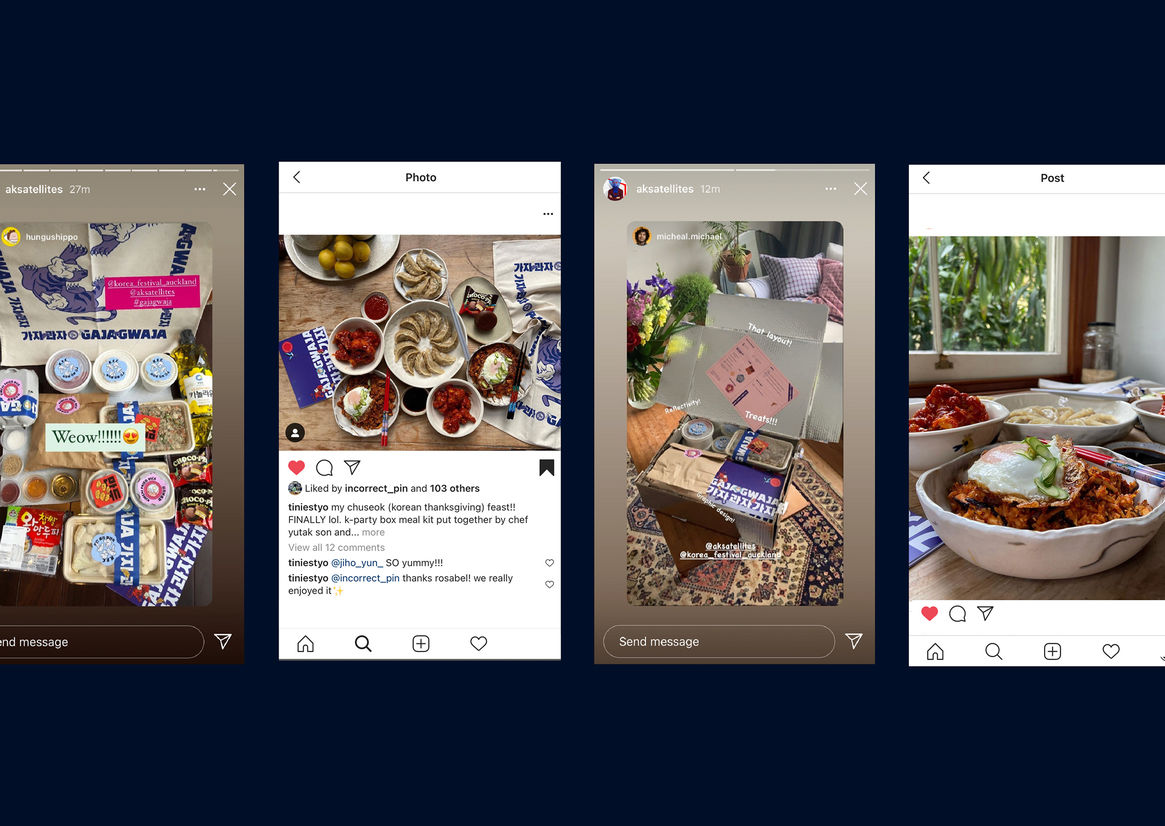
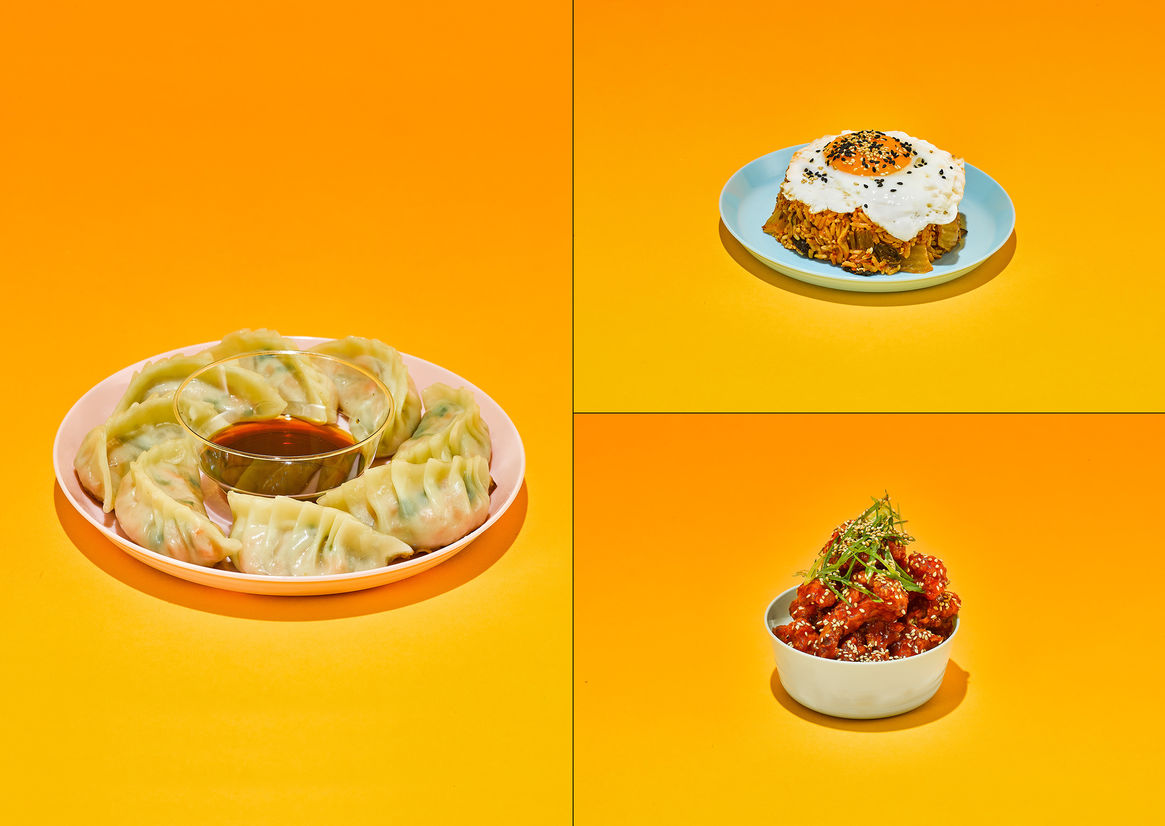
Description:
In 2020, when we first went into lockdown, we were invited by the Korean Consulate to design a pandemic-friendly experience that would raise the profile (and increase understanding) of Korean culture in Tāmaki Makaurau.
We decided to design this experience around Chuseok (Korean thanksgiving) and the sharing of a meal with friends and whānau. Building on the concept of a meal kit, we worked with Yutak Son (head chef, Te Motu) to design Gaja Gwaja 가자 과자 (a playful pairing of the words ‘let’s go!’ and ‘snacks’). These vegetarian meal kits included the ingredients to make three contemporary Korean dishes: kimchi fried rice, Korean fried cauliflower (KFC) and shiitake and tofu mandu — accompanied by a classic Korean treat, choco pie.
Serving four, the aims of this project were three-fold: to create an intimate experience that could be delivered at all lockdown levels, to introduce people to new culinary approaches, and to use kai as the vehicle to foster deeper appreciation of Korean culture. In addition to the ingredients, we included a tea towel — a longer-lasting memento complementing the more ephemeral meal — and a guide that included an expanded range of recipes, information about Chuseok, an introduction to Korean etiquette and simple Korean phrases.
The major design question underpinning this project was uniquely diasporic in nature: how do you communicate a contemporary twist on a traditional celebration like Chuseok — appealing to a non-Korean audience in Aotearoa, during a time when there has been a significant rise in anti-Asian sentiment — without losing the integrity of the culture and the inherent meaning of the celebration? How do you do it in a way that is compelling and educational — all on a tightly constrained budget?
We started with the holiday itself — a celebration of harvest shared with our ancestors and families. The design needed to balance our contemporary context while conveying the importance of a traditional holiday shared across long-established generations.
Our response was a modernised take on traditional Korean art, relying heavily on bold colours, surface decorations, and the stylistic influence on ‘Minhwa’ — a style of Korean folk art made popular in the 16th century. Gaja Gwaja draws on the traditional palettes of Minwha as well as incorporating simplified illustrations of the crane and the tiger (both of which are heavily used as symbolism in these paintings). This identity was applied as stickers and tape, evoking the surface decorations common in this traditional style. By applying a contemporary lens to Korean folklore, the identity for Gaja Gwaja situates itself between the Korean customary and the present time.
We gifted 40 of these kits through a multi-platform competition (spanning online, print and TV), as a way to make them as accessible as possible, and delivered them to each recipient’s door on the eve of Chuseok. As evidenced by the posts we saw, meals were prepared, shared and cherished — with, we hope, a deeper appreciation of one of the communities we share our city with.